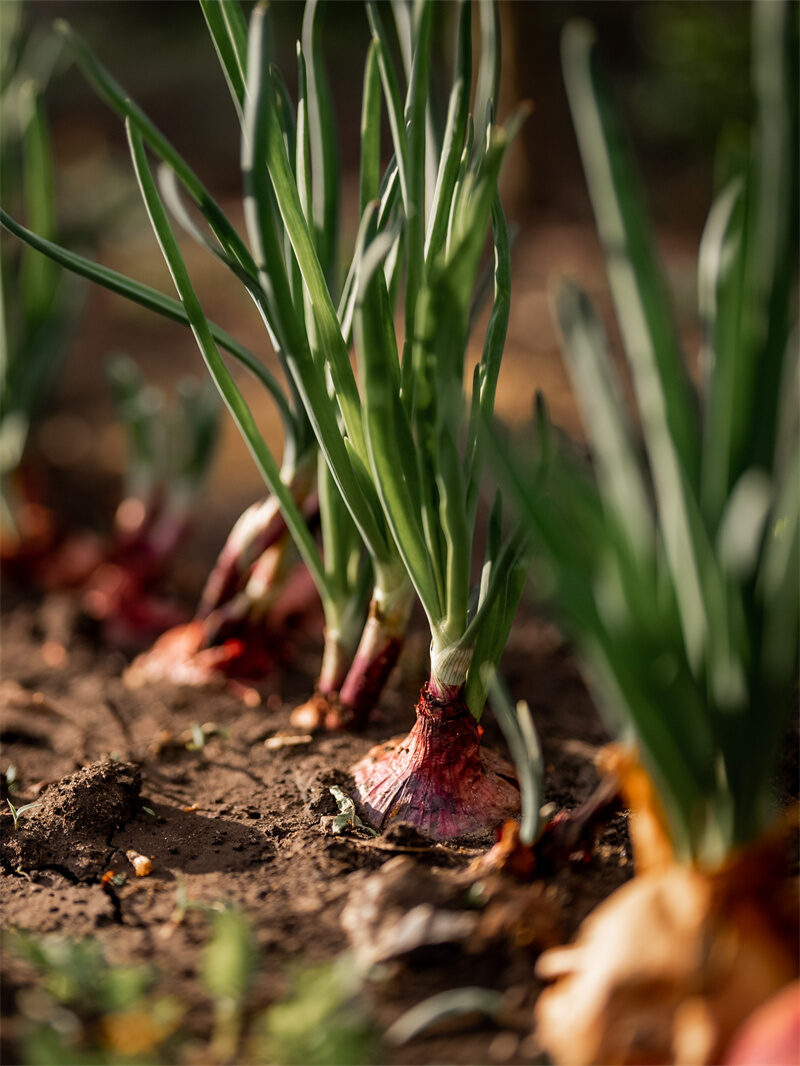Sourcing garlic in bulk? It’s more than just finding the lowest price – it’s about securing a consistent supply of high-quality garlic that meets your specific needs and enhances the flavor profiles of your products. Whether you’re a large-scale food manufacturer, a spice blender crafting unique blends, or a restaurant chain seeking consistent flavor, navigating the world of wholesale garlic sourcing can feel overwhelming.
This comprehensive guide will equip you with the knowledge and resources to confidently source wholesale garlic, ensuring your business thrives on the pungent delight that only this versatile bulb can offer.
Understanding Your Garlic Needs
Before diving into the global garlic market, it’s crucial to define your specific requirements. This clarity will streamline your search for the perfect supplier and ensure you receive garlic that aligns perfectly with your production needs:
- Garlic Variety: Do you need standard white garlic known for its pungent flavor, or are you looking for specialty varieties like black garlic with its milder, molasses-like notes, or elephant garlic with its milder, more onion-like taste? Each variety offers a unique flavor profile that can significantly impact your final product.
- Form: Will you be using fresh garlic bulbs that require peeling and processing, peeled garlic cloves for added convenience, garlic powder for concentrated flavor and extended shelf life, or other processed forms like granules, flakes, or minced garlic? Your processing capabilities and desired flavor intensity will influence your choice.
- Volume: What’s your estimated annual garlic consumption? Understanding your volume needs will help determine minimum order quantities, negotiate better pricing, and ensure the supplier can accommodate your demands without jeopardizing their other commitments.
- Quality Standards: Are there specific certifications you require, such as organic for environmentally conscious consumers, non-GMO for those seeking natural ingredients, or Fair Trade to support ethical sourcing practices? Clearly define your quality expectations to align with your brand values and target market.
- Budget: Set a realistic budget for your garlic sourcing to guide your supplier selection. Factor in the cost per unit, shipping costs, potential import/export duties, and any currency exchange fluctuations to avoid surprises and ensure profitability.
Navigating the Global Garlic Landscape
Garlic is cultivated worldwide, with major production hubs influencing global supply, pricing, and varietal availability. Understanding the strengths of each region can help you narrow down your search:
- China: As the world’s largest garlic producer, China offers competitive pricing and a vast supply capacity. However, it’s essential to thoroughly vet suppliers for quality assurance and adherence to international food safety standards.
- India: A significant player in the global market, India offers a range of garlic varieties, including white, pink, and solo garlic. They are known for their competitive pricing and have well-established export infrastructure.
- Spain: Renowned for its high-quality purple garlic, often favored for its robust flavor and larger clove size, Spain is a popular choice for gourmet food producers and those seeking premium garlic varieties.
- Argentina: A major exporter of fresh garlic, Argentina is known for its large bulb sizes and white garlic varieties. They have a well-developed agricultural sector and stringent quality control measures in place.
- United States: California is a key producer of garlic in the United States, known for its high-quality garlic, particularly the California Early and Late varieties. Sourcing domestically can simplify logistics and offer greater transparency in some cases.
Choosing the Right Wholesale Garlic Supplier
Selecting a reliable supplier is paramount to your success. It’s a partnership built on trust, transparency, and a shared commitment to quality. Consider these factors when evaluating potential suppliers:
- Experience & Reputation: Look for established suppliers with a proven track record in the industry. Check online directories, industry publications, and request references to verify their experience and reputation within the food industry.
- Quality Assurance: Inquire about their quality control processes, certifications, and adherence to food safety standards. Do they hold certifications like HACCP, GMP, or ISO 22000? Request detailed information about their testing procedures and quality assurance protocols.
- Sourcing Practices: Do they prioritize sustainable and ethical sourcing practices? Ask about their commitment to fair labor practices, environmental stewardship, and responsible water usage. These factors are increasingly important to consumers and can enhance your brand image.
- Pricing & Minimum Order Quantities: Request quotes from multiple suppliers and compare pricing, minimum order quantities, and payment terms. Don’t base your decision solely on price; consider the overall value proposition, including quality, reliability, and shared values.
- Logistics & Delivery: Evaluate their shipping capabilities, delivery times, and ability to meet your logistical needs. Do they have experience exporting to your country? What are their standard lead times? Understanding their logistical capabilities is crucial for smooth operations.
Why Choose CAIE for Your Garlic Wholesaler?
China Agricultural Imp & Exp Co., Ltd. (CAIE) isn’t just another garlic supplier – we offer you a direct line to the world’s finest garlic, sourced directly from the “Golden Triangle” of garlic production in Shandong Province, China. Here’s why partnering with CAIE is the strategic choice for your garlic sourcing needs:
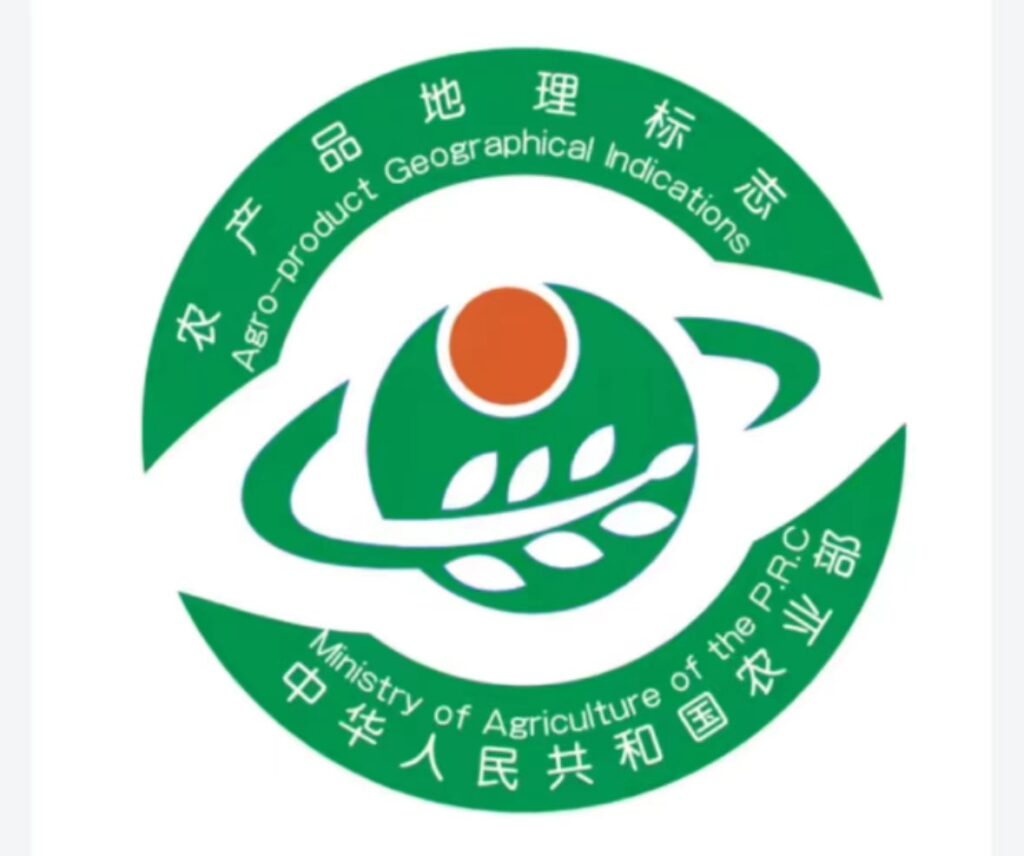

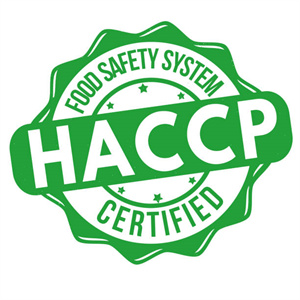
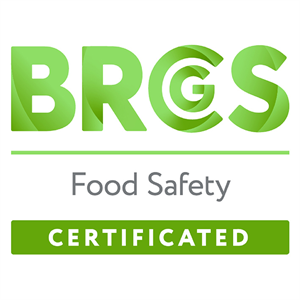
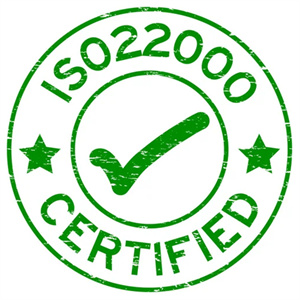
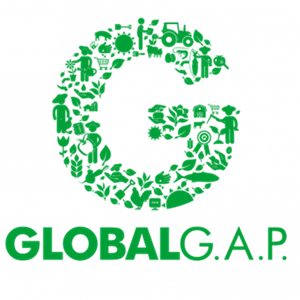
- Unrivaled Expertise:
- Leading agricultural company in China with unparalleled expertise in garlic cultivation, sourcing, and export.
- Deep understanding of garlic varieties, optimal growing conditions, and stringent quality control.
- Extensive Farm Network:
- 10,000+ acres of company-owned farms in Shandong Province, China’s “Golden Triangle” for garlic production.
- Adherence to the highest international standards, prioritizing sustainable farming practices.
- Complete Supply Chain Control:
- Full control over every stage, from seed selection and planting to harvesting, processing, and packaging.
- Ensures traceability, consistency, and adherence to stringent international quality benchmarks (EU, Japan, US).
- State-of-the-Art Infrastructure:
- Modern storage facilities (100,000+ square meters) with cutting-edge temperature and humidity control.
- Dedicated bonded logistics team in the Weifang Free Trade Zone for efficient handling and seamless exports.
- Global Export Experience:
- 20+ years of experience in international agricultural trade.
- Seasoned team at Weifang Xinyide Agriculture Science and Technology Co., Ltd. (a CAIE company) ensures smooth transactions, reliable logistics, and personalized support.
- Unbeatable Value:
- Direct sourcing model and government policy support enable competitive pricing and streamlined export processes.
- Strategic Partnership:
- Committed to building lasting relationships and exceeding client expectations.
- Provide expert guidance, market insights, and customized solutions to empower business growth.
Key Questions to Ask Potential Suppliers
Don’t hesitate to ask potential suppliers these crucial questions to gather all the information you need to make an informed decision:
- Can you provide samples of your garlic? Requesting samples allows you to assess the quality, flavor profile, and size of their garlic firsthand.
- What are your payment terms and conditions? Understand their payment terms, including accepted payment methods, credit terms (if applicable), and any penalties for late payments.
- What is your production capacity and lead time for orders? Ensure they can handle your order volume and meet your desired delivery timelines, especially during peak seasons.
- Do you offer product traceability and transparency throughout your supply chain? Traceability is crucial for food safety and building consumer trust. Inquire about their traceability systems and whether they can track their garlic back to the farm level.
- What measures do you take to ensure the quality and safety of your garlic? Ask about their pest control methods, drying and storage practices, and any preventative measures they take to minimize the risk of contamination.
Tips for Successful Wholesale Garlic Sourcing
- Build Relationships: Cultivate strong relationships with your chosen suppliers to ensure open communication, mutual understanding, and a reliable partnership. Regular communication can help address any issues promptly and foster a collaborative approach.
- Stay Informed: Keep abreast of market trends, price fluctuations, and potential supply chain disruptions by following industry publications, attending trade shows, and subscribing to relevant newsletters. This awareness will enable you to make informed decisions and adapt to changing market conditions.
- Diversify Your Sourcing: Consider sourcing from multiple suppliers to mitigate risks associated with relying on a single source. This strategy can safeguard your supply chain against unforeseen circumstances like crop failures, political instability, or logistical challenges.
- Prioritize Quality: Never compromise on quality for the sake of price. High-quality garlic will ultimately benefit your products, enhance customer satisfaction, and strengthen your brand reputation.
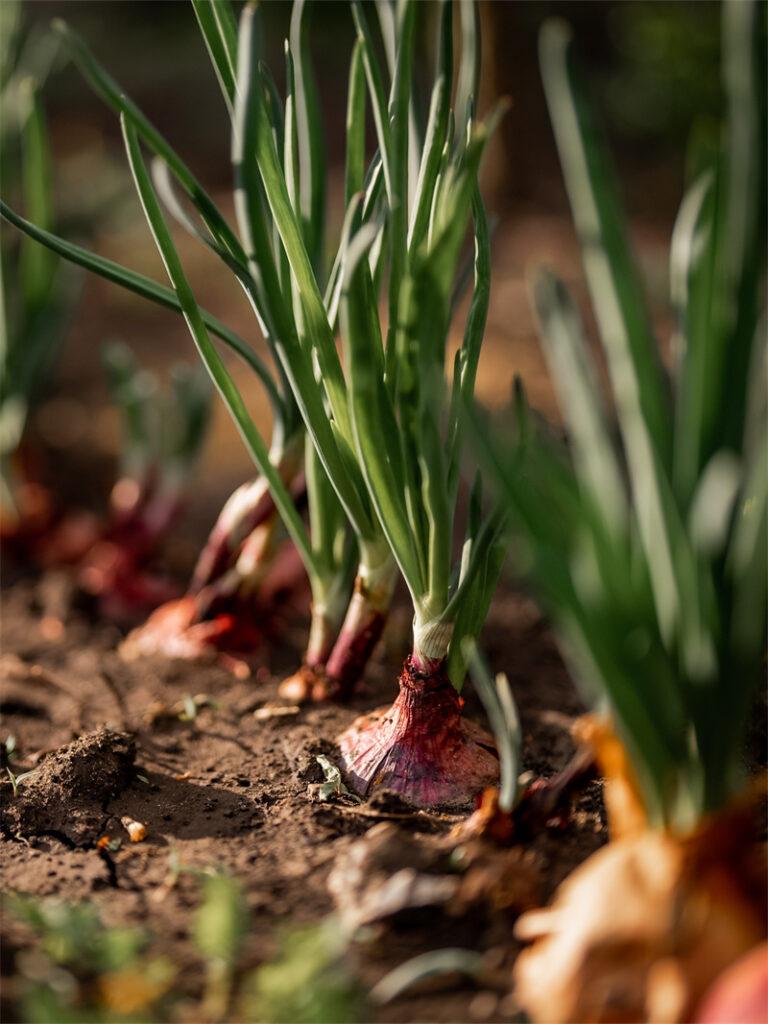
Understanding Different Garlic Forms and Their Applications
| Garlic Form | Description | Common Applications |
|---|---|---|
| Fresh Garlic | Whole garlic bulbs, often sold in braids or loose, offering the most pungent flavor | Versatile for various culinary uses, from roasting and sautéing to creating flavorful sauces, dips, and marinades. Requires peeling and processing before use. |
| Peeled Garlic | Pre-peeled garlic cloves, offering convenience and time savings | Ideal for food processing, restaurants, and busy kitchens where time is of the essence. Available in various packaging options to suit different needs. |
| Garlic Powder | Dehydrated and ground garlic, offering concentrated flavor and extended shelf life | Widely used in spice blends, seasonings, rubs, and processed foods to impart a robust garlic flavor without the need for fresh garlic. |
| Garlic Granules | Coarsely ground garlic, providing texture and a milder garlic flavor | Popular in dips, rubs, and as a topping for bread, pasta, and pizza. Adds a visual appeal and a burst of garlic flavor. |
| Garlic Oil | Garlic-infused oil, adding a pungent aroma and flavor to dishes | Used in marinades, dressings, sauces, and as a finishing touch to soups, stews, and roasted vegetables. Imparts a subtle garlic flavor and aroma. |
Frequently Asked Questions about Wholesale Garlic Sourcing
Q: How do I verify the quality of garlic from overseas suppliers?
A: Requesting samples is crucial. Additionally, inquire about their certifications (e.g., HACCP, GMP) and ask for detailed information about their quality control processes, including testing procedures and adherence to international food safety standards.
Q: What are the typical payment terms for wholesale garlic orders?
A: Payment terms vary depending on the supplier and order volume. Common options include letters of credit (especially for large international orders), wire transfers, and in some cases, credit terms with established relationships. Always clarify payment terms upfront.
Q: Can I visit the garlic farms or processing facilities of potential suppliers?
A: While not always feasible, visiting supplier facilities can provide valuable insights into their operations, quality control measures, and ethical practices. If possible, arrange a visit to see their processes firsthand.
Q: What are some strategies for mitigating supply chain risks when sourcing garlic globally?
A: Diversifying your sourcing by working with multiple suppliers in different geographical locations can help mitigate risks associated with crop failures, political instability, or logistical challenges in a particular region.
Q: How can I stay updated on garlic market trends and price fluctuations?
A: Subscribe to industry publications, follow relevant trade associations online, and attend industry events to stay informed about market trends, price fluctuations, and potential supply chain disruptions.

